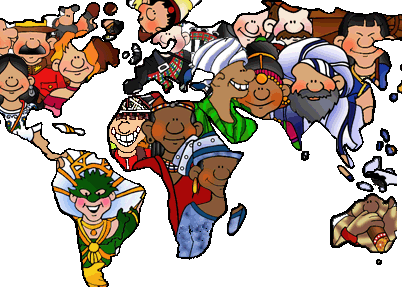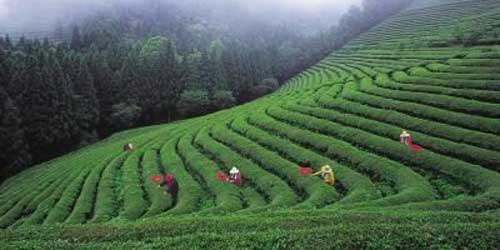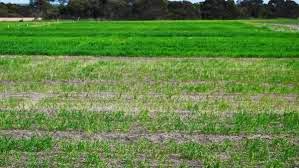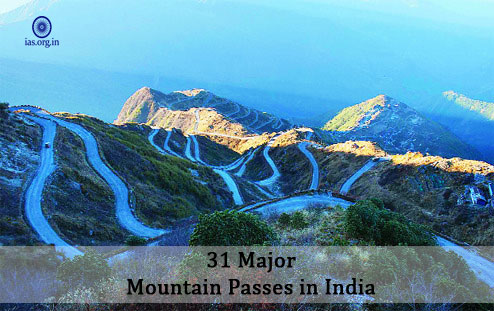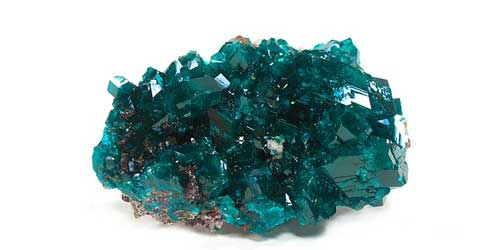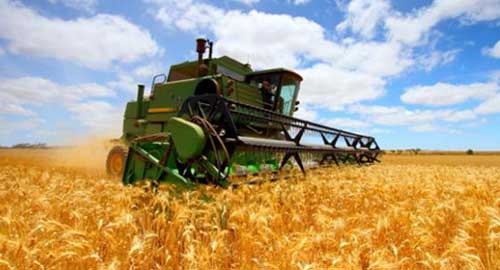Human Geography Defined
“Human geography is the synthetic study of the relationship between human societies and earth’s surface”. -Ratzel Synthesis has been emphasised in the above definition.
“Human geography is the study of “the changing relationship between the unresting man and the unstable earth.” – Ellen C. Semple Dynamism in the relationship is the keyword in Semple’s definition.
“Conception resulting from a more synthetic knowledge of the physical laws governing our earth and of the relations between the living beings which inhabit it.” – Paul Vidal de la Blache
Human geography offers a new conception of the interrelationships between earth and human beings.
Read Also: Solar Eclipse Everything You Need to Know
Naturalization of Humans and Humanisation of Nature
Human beings interact with their physical environment with the help of technology. It is not important what human beings produce and create but it is extremely important ‘with the help of what tools and techniques do they produce and create’.
Technology indicates the level of cultural development of society. Human beings were able to develop technology after they developed a better understanding of natural laws. For example, the understanding of concepts of friction and heat helped us discover fire. Similarly, understanding the secrets of DNA and genetics enabled us to conquer many diseases. We use the laws of aerodynamics to develop faster planes.
Environmental Determinism
Knowledge about Nature is extremely important to develop technology and technology loosens the shackles of the environment on human beings. In the early stages of their interaction with their natural environment, humans were greatly influenced by it. They adapted to the dictates of Nature. This is so because the level of technology was very low and the stage of human social development was also primitive. This type of interaction between primitive human society and strong forces of nature was termed as environmental determinism.
At that stage of very low technological development, we can imagine the presence of a naturalized human, who listened to Nature, was afraid of its fury and worshipped it.
The physical environment for such societies becomes the “Mother Nature”. The people begin to understand their environment and the forces of nature with the passage of time. With social and cultural development, humans develop better and more efficient technology.
Possibilism
They move from a state of necessity to a state of freedom. They create possibilities with the resources obtained from the environment. The human activities create the cultural landscape. The imprints of human activities are created everywhere; health resorts on highlands, huge urban sprawls, fields, orchards and pastures in plains and rolling hills, ports on the coasts, oceanic routes on the oceanic surface and satellites in the space. The earlier scholars termed this as possibilism. Nature provides opportunities and human being made use of these and slowly nature gets humanized and starts bearing the imprints of human endeavour.
It is a technology that has allowed the people of Trondheim and others to overcome the constraints imposed by nature. Do you know about some other such instances? Such examples are not difficult to find.
Must Read: Geographical Indication (GI) Status
Neo Determinism
A geographer, Griffith Taylor introduced another concept which reflects a middle path (Madhyam Marg) between the two ideas of environmental determinism and possibilism. He termed it as Neo Determinism or stop and go determinism.
Those of you who live in cities and those who have visited a city might have seen that traffic is regulated by lights on the crossroads. Red light means ‘stop’, amber light provides a gap between red and green lights ‘to get set’ and the green light means ‘go’. The concept shows that neither is there a situation of absolute necessity (environmental determinism) nor is there a condition of absolute freedom (possibilism).
It means that human beings can conquer nature by obeying it. They have to respond to the red signals and can proceed in their pursuits of development when nature permits the modifications. It means that possibilities can be created within the limits which do not damage the environment and there is no free run without accidents.
The free run which the developed economies attempted to take has already resulted in the greenhouse effect, ozone layer depletion, global warming, receding glaciers and degrading lands. The neo-determinism conceptually attempts to bring a balance nullifying the ‘either’ ‘or’ dichotomy.
Don’t Miss:


